American Hybrid Plum : WANETA Semi-Dwarf (Mustang) (Orchard Grade)
$44.95
An 'orchard grade' is a tree that may be somewhat shorter, slightly crooked, or a bit scratched, or for some other reason is not a perfect front lawn specimen. These trees will work just as well in an orchard as a first or number one would, since they still produce the very same fruit.
Waneta was named after a Yanktonai Indian chief who became famous in the War of 1812. Introduced by NE Hanson of South Dakota in 1913, the extremely cold hardy tree is reliable, productive and precocious (starts bearing at a young age). Very large 5 cm (2") maroon-red, pointy shaped plums have tender, sweet, moderately juicy orange flesh and a small pit. High quality fruit is fine for fresh use or processing.
NEEDS A POLLENIZER | ZONE 2/3 | HARVEST: EARLY SEPT.
Only logged in customers who have purchased this product may leave a review.
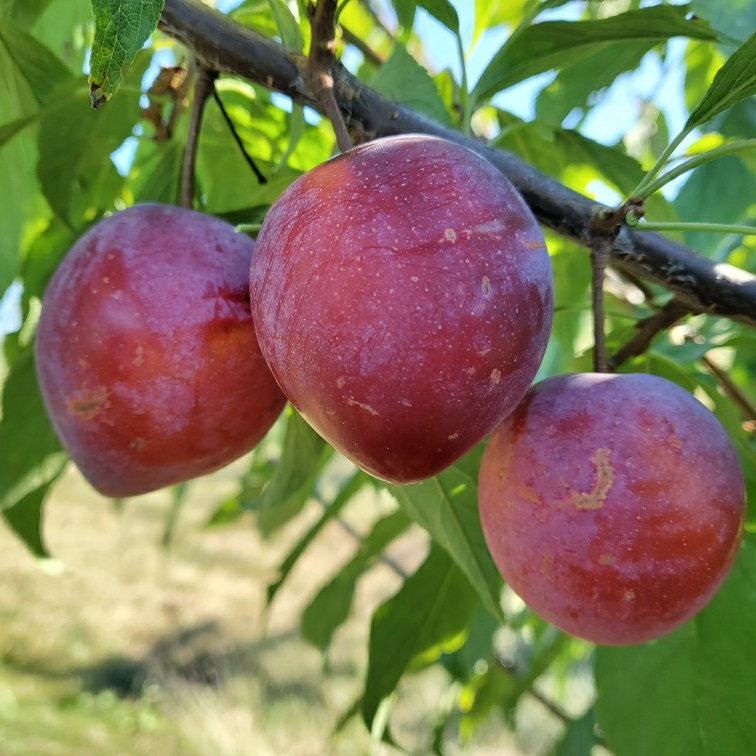
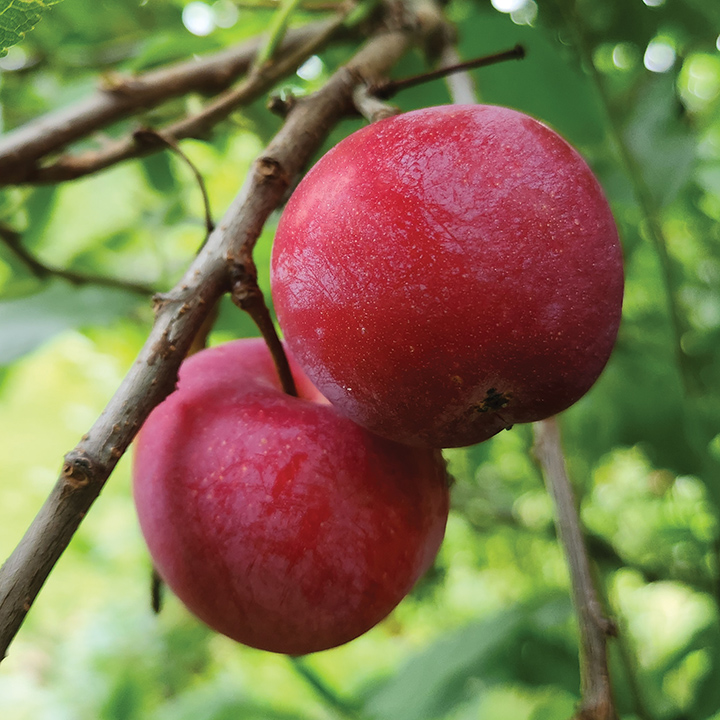
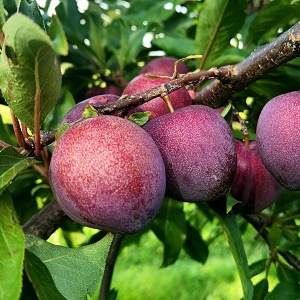
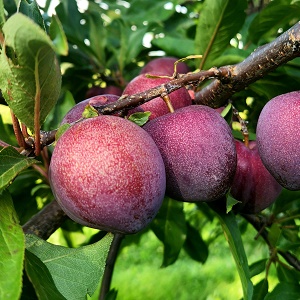
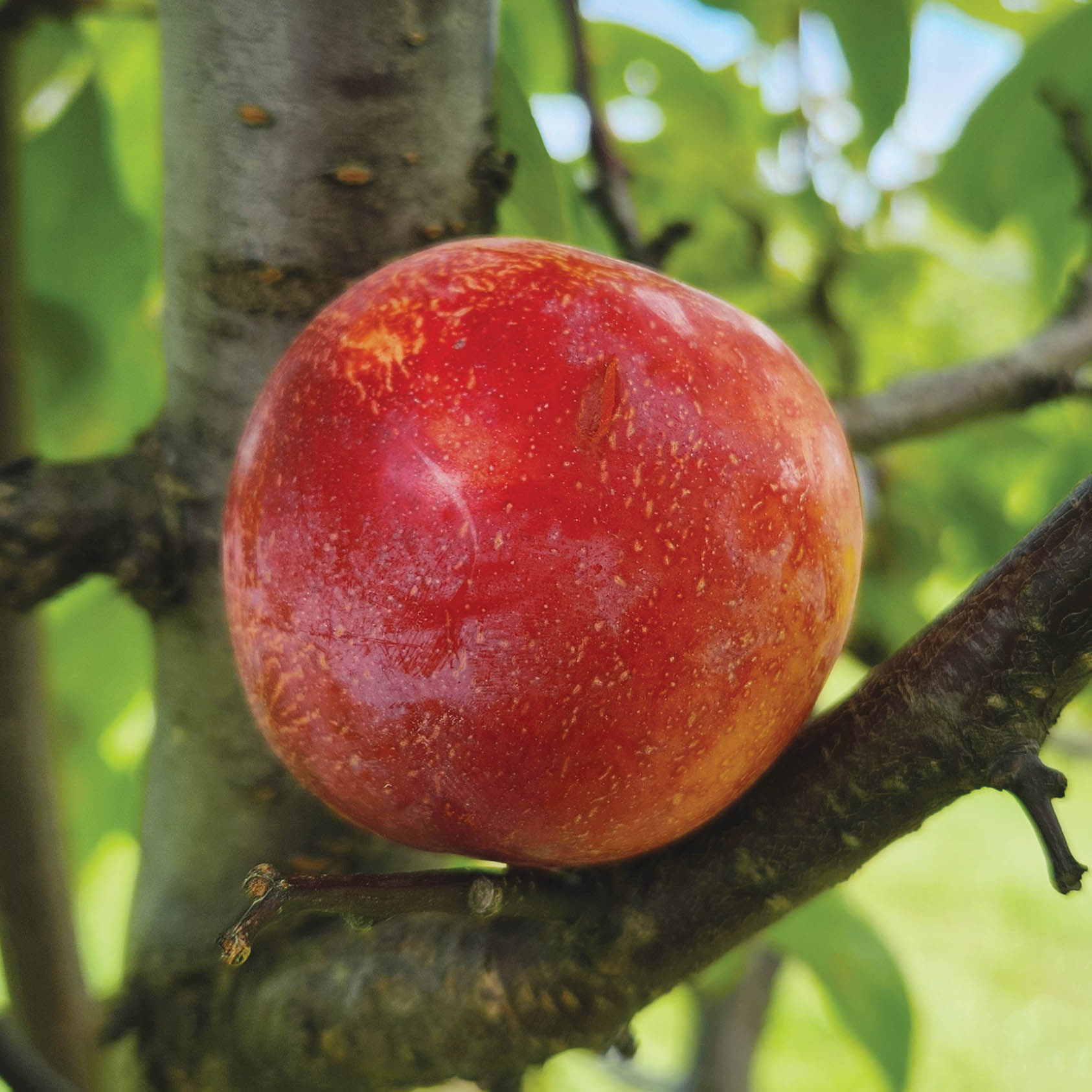
Reviews
There are no reviews yet.